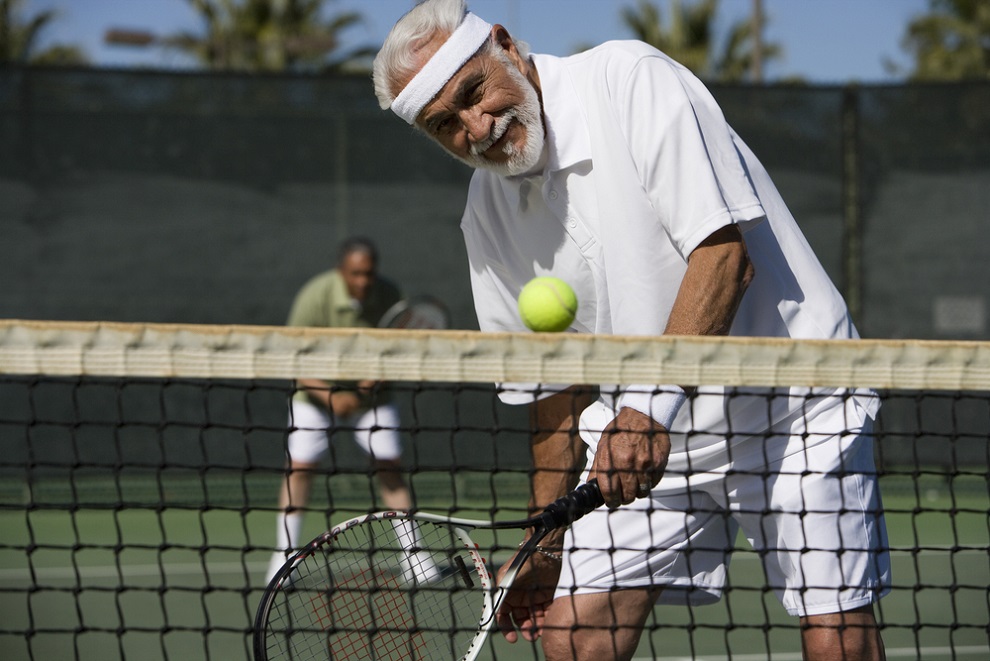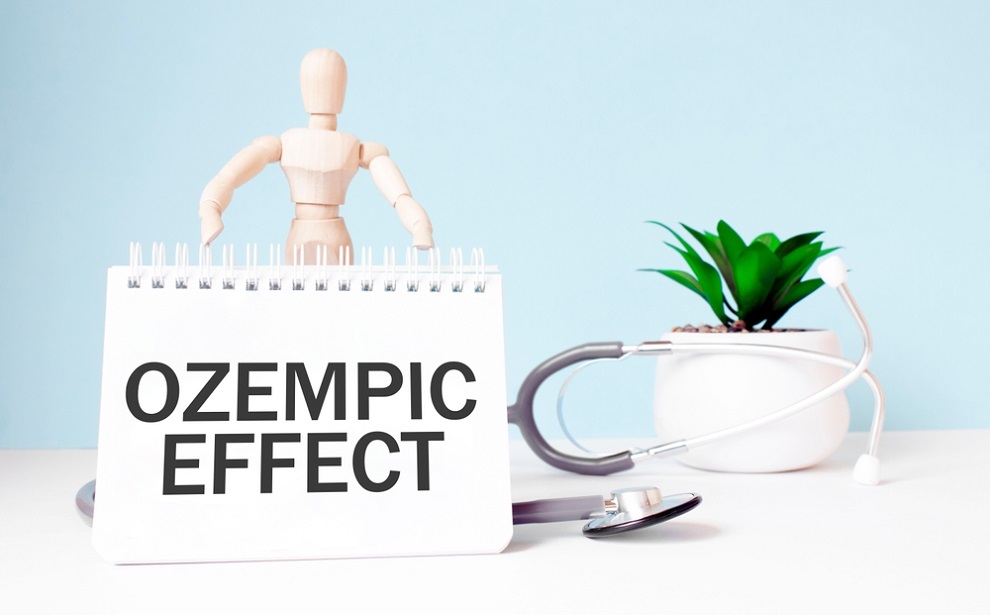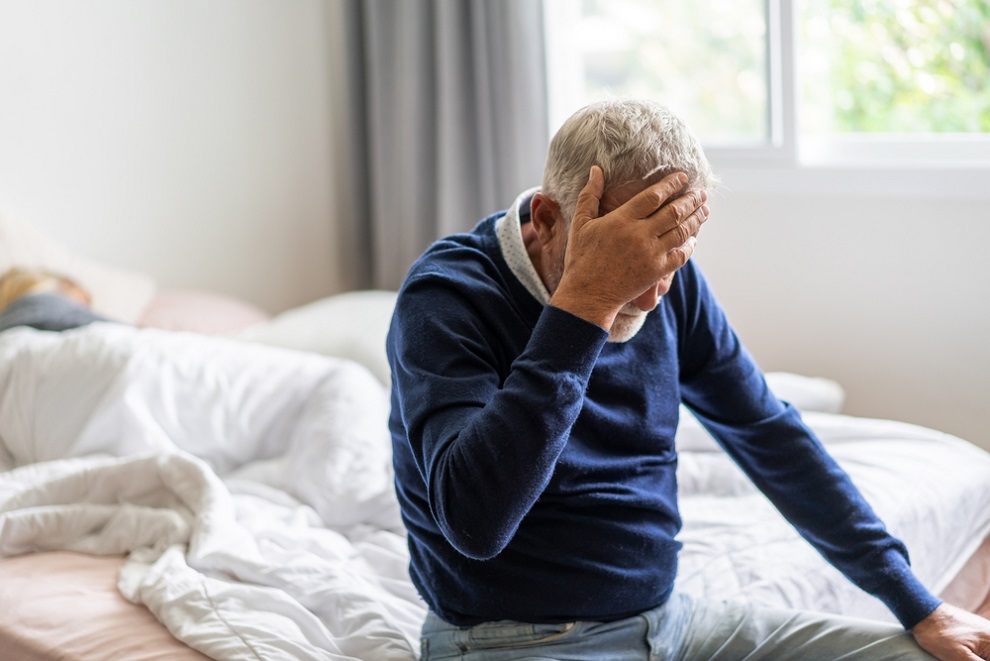If you're on medication but wondering how to improve blood circulation naturally, there are several steps you can take to support better blood flow alongside your treatment. If you ever experience swelling, changes in skin color, or throbbing pain in your extremities, it could be a sign of poor blood circulation.
Poor blood flow, typically occurring in the hands, arms, feet, and legs, may indicate underlying health issues that require attention. Often, it leads to various complications, from blood clots and varicose veins to chronic wounds or even amputation.
While it's crucial to consult a healthcare provider, you can take steps to improve blood circulation naturally on your own.
This article will walk you through some actionable tips on how to improve blood circulation naturally and much more.

What Is Blood Circulation?
Blood circulation is how blood travels through your body. Your circulatory system includes your heart and blood vessels. Its core function is to provide oxygen, nutrients, and hormones to your muscles, tissues, and organs.
Moreover, your circulatory system also helps remove waste from your organs and cells. The waste includes:
- Carbon dioxide (from respiration or breathing)
- Chemical byproducts from organs
- Waste from the food and drinks you consume
Your heart pumps blood to your body through blood vessels - a network of arteries and veins. Your circulatory system is also called a cardiovascular system, where "cardio" means heart and "vascular" refers to blood vessels.
Why Blood Circulation Is Important?
Good circulation helps you maintain a healthy life. It keeps blood and oxygen moving through your body, allowing each organ to function properly.
Proper blood flow helps speed up wound healing, keeps your brain sharp and heart strong, and gives your skin a healthy glow.
It also supports your immune system since some blood cells help fight infections.
Symptoms of Poor Circulation
Poor circulation occurs when your heart and blood vessels can't pump blood well to all body parts. This means less blood, oxygen, and nutrients reach the affected areas.
Often, poor circulation affects the farthest parts of your body, such as your feet and hands. Before we dive into how to improve blood circulation naturally, it's important to recognize the signs of bad circulation. You might not always notice the unpleasant symptoms of poor blood flow, but here are some common ones:
Painful Cramps
You may get painful cramps in your calves, hips, or thighs, especially when you're active. The pain usually gets better after you rest and often happens when you do the same amount of exercise each time.
This occurs because your blood doesn't deliver enough oxygen and nutrients to your muscles.
Numbness & Tingling
One of the most common symptoms is tingling and numbness in your feet and hands. This occurs when blood can't reach your extremities (in adequate quantity), giving you a pins-and-needles sensation.
Varicose Veins
When the valves in your veins weaken, pressure and blood build up. This causes veins near your skin to twist and swell. They often appear purple or blue and are usually found near your ankles and feet.
Cold Hands and Feet
Poor blood pressure and flow can make your hands and feet feel colder than the rest of your body. Conditions such as Raynaud's phenomenon can lead to severe coldness in extremities.
When blood doesn't flow normally, you may feel temperature changes in the skin and nerves of your hands and feet.
Poor Cognitive Function
Your brain needs healthy blood flow to function. If a person has reduced blood flow, they may have trouble concentrating or remembering things.
According to one report, one in seven Americans age 71 and older have dementia, including vascular dementia. It happens due to less blood circulation to the brain and can often worsen over time.
Symptoms may include problems with focus, planning, and thinking.
Weak Immune System
Poor blood flow can affect your immune system because the antibodies that fight infections are carried in your blood.
With reduced blood flow, a person may get sick more often, take longer to recover, and cuts or grazes may heal more slowly.
Hair Loss & Weak Nails
Poor circulation means your hair and nails might not get the necessary nutrients. This can make your hair thin and fall out, and your nails may become brittle and break easily.
Disrupted Bowel Movements
Another symptom is irregular bowel movements. When blood circulation slows down, it can affect your digestion process.
Over time, this may lead to disrupted bowel movements such as diarrhea, abdominal pain, or constipation.
Angina
Angina is chest pain caused by poor blood flow to the heart muscles. If circulation is bad, your heart won't get the oxygen and nutrients it needs.
Angina feels like a tight, heavy cramping in your chest and can spread to your arms, neck, jaw, or back. It's a sign that you might be at higher risk of a heart attack.
What Causes Poor Circulation?
Understanding the causes of poor circulation can help you better target how to improve blood circulation naturally. Here are some of the most common causes. Listed below are some of the most common causes of improper circulation:
Peripheral Artery Disease
Peripheral artery disease (PAD) is a condition that causes arteries to narrow, which can lead to reduced blood flow in extremities such as the legs.
The condition is often linked to atherosclerosis, where plaque buildup hardens the arteries. Both PAD and atherosclerosis reduce blood flow to the limbs and cause pain.
When blood flow is reduced, a person may experience:
- Numbness and tingling
- Weakness
- Pain
- Swelling
Over time, this can lead to tissue and nerve damage.
If left untreated, PAD can cause serious problems like a stroke if plaque builds up in the arteries that supply blood to your brain or a heart attack if it affects the arteries in your heart.
Although common in people over 50, Peripheral artery disease can affect young individuals too.
Not to mention, smokers are at a much higher risk. According to a report, people who smoke are four times more likely to develop PAD than non-smokers.
Blood Clots
Blood clots can obstruct blood flow, either partially or completely. Although they can form anywhere in the body, when blood clots develop in your legs or arms, they can cause circulation problems.
There are numerous reasons why a blood clot develops, and it can be increasingly dangerous.
In deep vein thrombosis (DVT), a clot forms in veins deep in the body, often in the leg. If a clot from DVT breaks loose, it can travel to other parts of the body, such as your lungs or heart. As a result, it can cause a heart attack, stroke, or pulmonary embolism.
Potential symptoms of DVT may include:
- Pain
- Swelling
You're more likely to develop DVT if you stay still for a long time, such as if you have mobility issues or are on extended bed rest.
This condition can be serious or even life-threatening. However, timely treatment can often avoid severe complications.
Diabetes
High blood sugar levels for long periods can damage blood vessels and nerves, affecting blood flow in the body, including the legs, hands, arms, and feet.
Here are some signs you should look out for:
- Numb or cold hands or feet
- Dry or cracked skin on your feet
- Brittle nails
- Loss of body hair on your arms or legs
- Blue nails or a pale blue tint to your skin
- Slow healing of wounds due to poor blood flow
- Cramping or pain
If you notice any of these signs, you should consult a doctor.
People who have advanced diabetes might not detect these symptoms because nerve damage (diabetic neuropathy) can make it hard to sense problems in the feet and legs.
If a person with diabetes has a wound on their foot or leg, they should get medical assistance. Without treatment, wounds can turn into infections or ulcers, which might lead to amputation.
In addition, diabetes increases the risk of heart and blood vessel problems, such as PAD, atherosclerosis, heart disease, and high blood pressure.
Raynaud's Disease
People who often have cold feet and hands may have Raynaud's disease. This happens when the small arteries in your toes and hands suddenly narrow or spasm. Usually, the symptoms last about 20 minutes, but it can vary.
When the arteries narrow, it's harder for blood to flow through your body, leading to signs of poor circulation.
These symptoms often appear in cold weather or when you're stressed. Though cold can trigger it, Raynaud's disease isn't always related to cold temperatures.
You might be at a higher risk of developing Raynaud's if you:
- Have a connective tissue disorder like lupus or Sjögren's syndrome
- Work in a job that involves vibrations
- Are over 60 and have obstructive vascular disease
- Take certain medications, such as nonselective beta-blockers or cyclosporine
- Have fibromyalgia
- Have a history of hepatitis C, hepatitis B, or cytomegalovirus
Now that you know what causes poor circulation and its symptoms, let's find out how to improve blood circulation naturally.

7 Ways To Improve Blood Flow And Circulation (and One Bonus)
Wondering how to naturally improve blood circulation in your legs and other body parts?
Improving blood flow means the blood will circulate more consistently throughout your body, provided you know the steps that actually work.
Without further ado, here are seven easy steps to help get your blood flowing:
1. Increase Your Physical Activity
Routine cardiovascular exercises, such as jumping rope and jogging, can help your heart and improve circulation. One study shows that regular cardio exercises can lower blood pressure and improve cardiovascular performance.
That's because exercise helps your body use oxygen better and widens blood vessels, allowing them to function more efficiently. Overall, exercise can boost blood flow and make everyday tasks less tiring.
2. Practice Yoga
Yoga is one of the few low-impact exercises that even beginners can try. It includes stretching, bending, and twisting, which can help with blood flow and circulation. Yoga postures also improve balance, heart health, and flexibility.
A great yoga pose for beginners is the downward-facing dog. It helps with circulation by lifting your hips and heart over your head, letting gravity help the blood flow to your head.
Here's how to do the downward-facing dog:
- Start on all fours, with your shoulders over your wrists and your hips over your knees.
- Take a deep breath in.
- Push your hips back and up into the air as you breathe out.
- Straighten your legs and arms.
- Press firmly into your hands and relax your shoulders, neck, and ankles.
- Breathe deeply and gently lift and press down each heel to stretch more.
- Stay in this pose for three long deep breaths.
- Slowly lower your hips and return to the starting position.
3. Eat Oily Fish
According to the American Heart Association (AHA), eating oily fish is good for your heart and brain as it contains omega-3 fatty acids. It also helps increase blood flow and circulation.
Oily fish you should consume:
- Salmon
- Mackerel
- Sardines
- Tuna
You can get some omega-3s from kale if you don't eat fish or a vegetarian. Or, you try omega-3 supplements.
4. Drink Tea
Not only does tea help improve circulation, but it also promotes cardiovascular health. Both green tea and black tea have antioxidants that support heart health.
One study demonstrated that black tea helps keep blood vessels healthy, which is important for good circulation. Another study found that drinking green tea may lower your risk of heart problems.
5. Use Compression Socks
Compression socks apply gentle pressure to your calves and lower legs, pushing blood upward and improving circulation throughout your body.
Doctors often recommend compression socks for conditions like lymphedema and varicose veins. They help keep your circulatory system healthy by enhancing blood pumping.
6. Stop Smoking
Quitting smoking can quickly improve your health. The American Cancer Society reports that within two weeks to 3 months of quitting, blood circulation improves and lung function increases.
After just 1 to 12 months, tiny hair-like structures called cilia in your lungs start to function better, helping to clear mucus out of your lungs.
Moreover, 1 to 2 years after you quit smoking, your risk of a heart attack drops significantly.
7. Keep Iron Levels Balanced
Iron is crucial for the circulatory system because it helps the body produce hemoglobin, a major component of red blood cells that carry oxygen.
Eating iron-rich foods such as spinach and red meat can help maintain iron levels. However, balancing your iron intake is important because too much iron can negatively impact cardiovascular health.
Bonus: How BHRT, Testosterone, and Daily Cialis Can Help Improve Blood Circulation Naturally
Bioidentical Hormone Replacement Therapy (BHRT), particularly with testosterone, can be a powerful way to naturally improve blood circulation. Testosterone plays a key role in vasodilation, the process where blood vessels widen to allow for increased blood flow. One of the ways testosterone aids this is by stimulating the production of nitric oxide, a molecule that relaxes the inner muscles of blood vessels, promoting better circulation.
As men age, testosterone levels often decline, leading to stiffer arteries and poor blood flow. By restoring optimal testosterone levels through BHRT, many men experience improved blood pressure, better circulation, and enhanced cardiovascular health. Studies show that testosterone replacement therapy can improve arterial flexibility, reduce vascular resistance, and increase blood flow, which helps combat poor circulation.
In addition to testosterone, daily Cialis (tadalafil) is another effective option. Often prescribed to treat erectile dysfunction, Cialis also promotes vasodilation and has been shown to improve blood flow throughout the body, not just in specific areas. It encourages the production of nitric oxide, making it easier for the blood vessels to relax and for blood to circulate more freely. Some research even suggests that daily use of low-dose Cialis can improve symptoms of poor circulation and support cardiovascular health, making it an ideal option for those struggling with circulation issues.
Incorporating BHRT, particularly testosterone therapy, alongside daily Cialis, may offer a natural solution to improve blood circulation while supporting overall heart and vascular health.
Conclusion
Your body requires oxygen and nutrients to stay healthy and function well. Blood flow, or circulation, helps carry these nutrients, so you must keep your circulation strong.
To improve circulation, follow the outlined steps, such as cardiovascular exercises, yoga, drinking tea, eating oil fish, and more.
Even with these natural methods, talking to your healthcare provider is important. If needed, they may prescribe medications that can help improve blood flow.

Find out if TRT Can Help You
TRT from Male Excel





